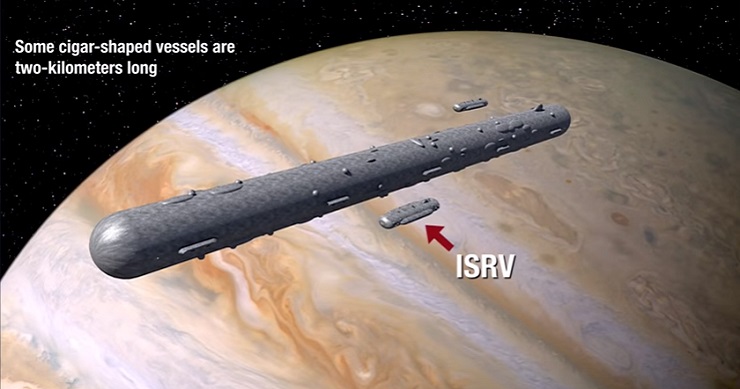Scientists are delving into the geology of Jupiter’s moon Ganymede and Saturn’s moon Titan, focusing on features known as “strike-slip faults” which are similar to Earth’s San Andreas fault. These faults are created by the immense gravitational pull of the gas giants, which generate tidal forces as the moons’ elliptical orbits bring them closer and farther from their parent planets. This deformation could potentially create environments suitable for life by allowing the exchange of surface and subsurface materials.
On Titan, which has an Earth-like atmosphere and a hydrological cycle with methane, the presence of a subsurface liquid water ocean and the moon’s unique atmospheric conditions make it a prime candidate for harboring life. The upcoming NASA Dragonfly mission, set to launch in 2027, will explore Titan’s surface, initially landing at the Selk crater area. Researchers have deemed this site safe for landing, as it’s unlikely to experience significant shear deformation.
Research on Ganymede’s Philus Sulcus region has revealed evidence of three distinct geological periods, indicating that the moon may have experienced a time when its orbit was more elliptical than it is now. While some features in this region may be attributed to high tidal stress, others suggest different geological processes at work.
The findings of these geological studies are crucial for planning future space missions, such as Dragonfly, Europa Clipper, and ESA’s JUICE, which aim to explore these moons and potentially access their subsurface oceans. The research has been detailed across two papers in the journal Icarus.
Key Takeaways:
- Scientists have identified geological features such as strike-slip faults on moons like Ganymede and Titan that may indicate potential habitats for life due to the exchange of surface and subsurface materials.
- Titan, with its Earth-like atmosphere and potential subsurface water oceans, is considered one of the few places in the solar system that could support life, and the upcoming NASA Dragonfly mission will explore it for biological signs.
- Geological research on Ganymede suggests that it has experienced different eras of tectonic activity, which may have been influenced by changes in its orbital eccentricity over time.
“”We are interested in studying shear deformation on icy moons because that type of faulting can facilitate the exchange of surface and subsurface materials through shear heating processes, potentially creating environments conducive for the emergence of life,” Liliane Burkhard, lead author of the research and a scientists at the Hawaii Institute of Geophysics and Planetology, said in a statement.”
More details: here


Leave a Reply